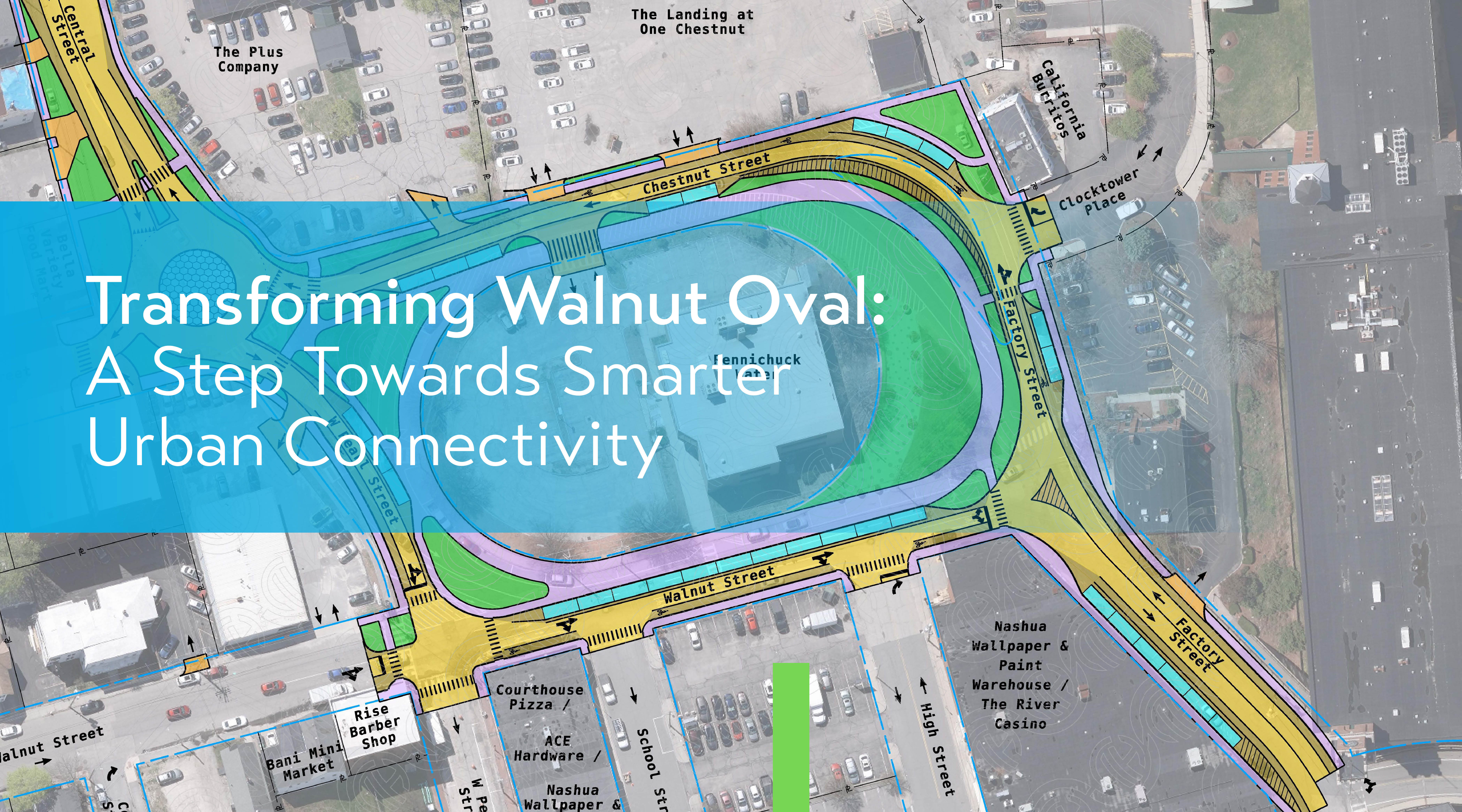Where did your creativity start?
I started drawing when I was around 6-years-old and really have never stopped. Art, and being creative, was what I excelled at in school and has always been a great way to pass time. I enjoy a variety of mediums such as digital art, airbrushing, leather tooling and custom car/motorcycle fabrication. I draw less now than I use to – not that I don’t enjoy drawing, but more because I wanted to go a step further and thoroughly enjoy building 3-dimensional art, my primary focus being metal (don’t let that fool you; I will be creative with any medium I can get my hands on!). Most things I build involve drawing in some form or fashion whether it be conceptual designs or templates to build something.
What is the process for your art projects?
I can’t really say there is a specific process, but I would say 99% of what I do starts with an idea whether the objective is to just be creative to pass time or to create something with the intent of building it. I typically will draw up my idea numerous times refining it in the process until I’m comfortable that I’ve identified most of the “well I didn’t think about that” scenarios and I am content with the design so I can achieve what I had in mind. If I’m just drawing to be creative, I will just pick something of interest and let my creativity run free. If it’s metal, that’s a bit harder (pun intended). I look at metal as “really hard clay” and with the right tools and understanding of how it moves, it can be molded into various shapes with use of hammers, dollies, English wheels, anvils, planishers, welders and so forth but even this process usually starts with the concept of build-it-on-paper and then make it a reality.
What is your process for engineering projects?
My preferred method whenever possible for an engineering project is to first look at the project as a whole and try to identify if there are any major obstacles that will complicate things and try to solve those problems first. Secondly, I like to look at the project components as individual elements (structure, wingwalls, guardrail, etc.) while laying them out independently keeping in mind the components must meet technical requirements and not conflict. My end goal is to create a document that conveys a clear picture to a contractor of the engineer’s intended design, knowing that the plans are a map that are detailed enough to get the contractor from A to B.
Describe a project that you’ve done with Hoyle Tanner that let you be creative.
One project, albeit small in scale, opened the door for me to create 3D elements in AutoCAD and virtually build the abutments for a small stream crossing. This allowed us to develop details for construction that where an isometric view and really provide the contractor with a clear and concise picture of the engineer’s intent (which – from what I later heard – was very helpful for the people constructing them as the engineer had intended).
There is a certain physical force that is used by both artists and engineers. What are your thoughts on this? Does any of that overlap?
Yes, there are a variety of types of physical forces involved in my art. For example, if you wanted a flat piece of sheet metal to take on a curve you might roll it through an English wheel which is essentially a linear hammer that allows you to stretch metal. This is also great for smoothing uneven surfaces. You would think that once you’ve pounded on a piece of sheet metal with a hammer it’s junk, but with a little work it smooths right back out as though a hammer had never touched it. Maybe you have a piece of metal you want to shrink; you can use a shrinker which is a compressing tool that has a bunch of little teeth that forces the metal into itself causing the metal to want to curve inward (this can also be done by hand with special tools and hammering).
As far as drawing goes, it’s the complete opposite, I often find myself holding onto my pencils for dear life; I’ve struggled for years to use less force and more flow.
Anything you’d like to add about your art? Or your work at Hoyle Tanner?
As the saying goes “I’ve never failed, I’ve just found 10,000 ways that don’t work” -Thomas Edison. A very applicable statement as every time I draw or build something I’m often learning as I go. Sometimes it’s learning what to do the next time, and sometimes making sure I never go down that road again.
Over my many years at Hoyle Tanner, there have been various opportunities where I was able to step outside the box and tap into the artistic end of things and do what I feel I do best: be creative. This to which I am appreciative for and look forward to additional ways to apply art and creativity in an engineering environment.









